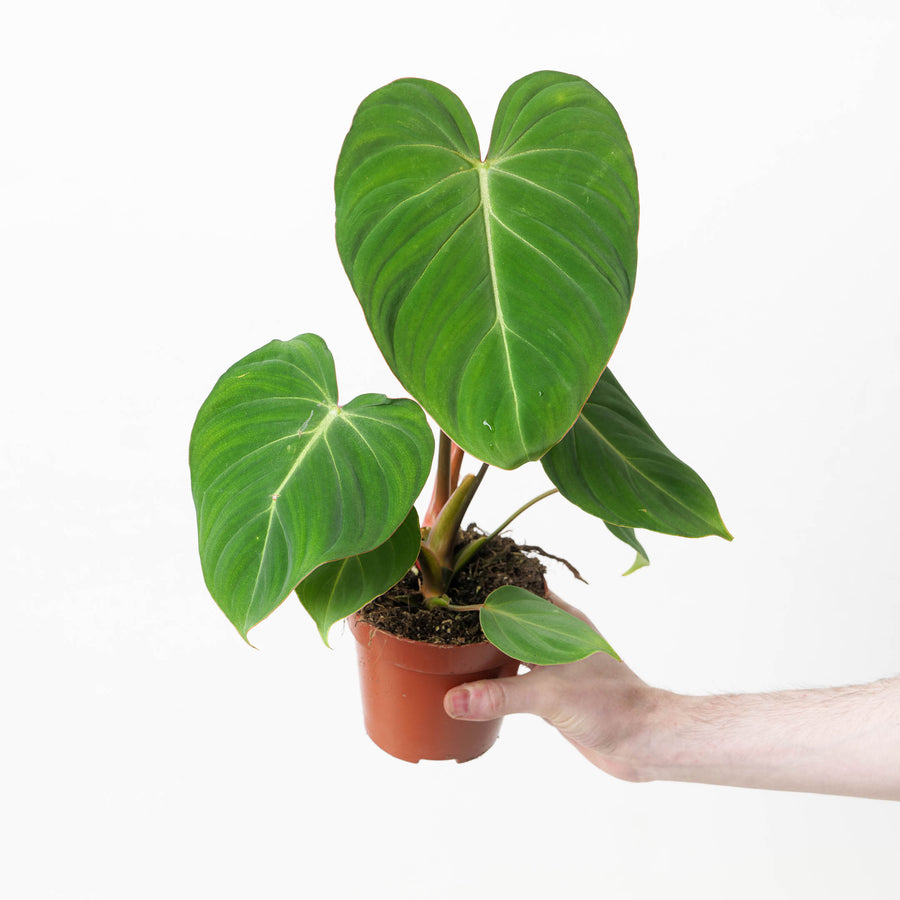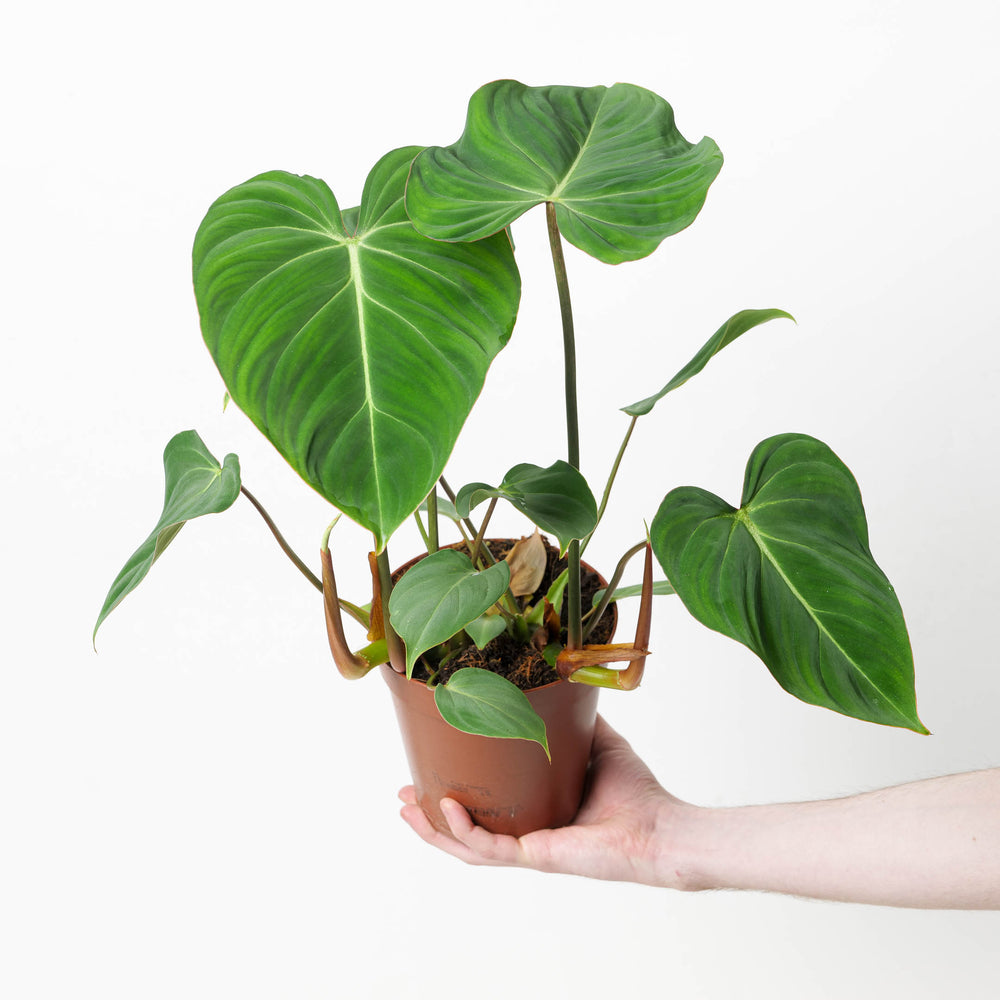Opuntia vestita f. cristata, commonly known as the Crested Old Man Opuntia, is a unique cactus cultivar prized for its unusual, fan-shaped growth and woolly white covering. This form develops from the standard columnar growth of Opuntia vestita, with its stems mutating into broad, crest-like ridges that resemble undulating waves or coral. The fine white hairs that coat the cactus serve to protect it from harsh sunlight, giving it a soft, silvery appearance. Its compact and sculptural growth habit makes it an intriguing addition to any indoor plant collection.
This cactus is a slow grower and well-suited to indoor cultivation. Its manageable size and fascinating morphology make it a popular choice for enthusiasts and collectors alike. While it rarely blooms indoors, mature specimens may produce small, yellow flowers.
Native to
The parent species, Opuntia vestita, is native to the high-altitude regions of Bolivia and northern Argentina, where it grows in rocky, arid environments. The cristate form is a mutation that typically occurs in cultivation or occasionally in the wild.
Water
Water sparingly, allowing the soil to dry out completely between waterings. During the active growing season (spring and summer), water every 2–3 weeks, adjusting based on light and temperature. Reduce watering significantly in autumn and winter, watering no more than once a month during dormancy. Overwatering is a common cause of root rot, so ensure the pot has excellent drainage.
Light
Opuntia vestita f. cristata thrives in bright, indirect light or a few hours of direct sunlight daily. Place it near a south- or west-facing window for optimal growth. If light is insufficient, its growth may become uneven, and the cresting may lose its compact form.
Humidity
This cactus prefers low humidity, typically around 30–50%. It is well-adapted to dry conditions and does not require additional humidity, making it ideal for UK indoor environments.
Temperature
Maintain temperatures between 18–26°C during the growing season. The cactus can tolerate cooler temperatures down to 5°C for short periods but should be protected from frost and cold draughts. During winter, keep it in a bright, frost-free location to ensure its health.








